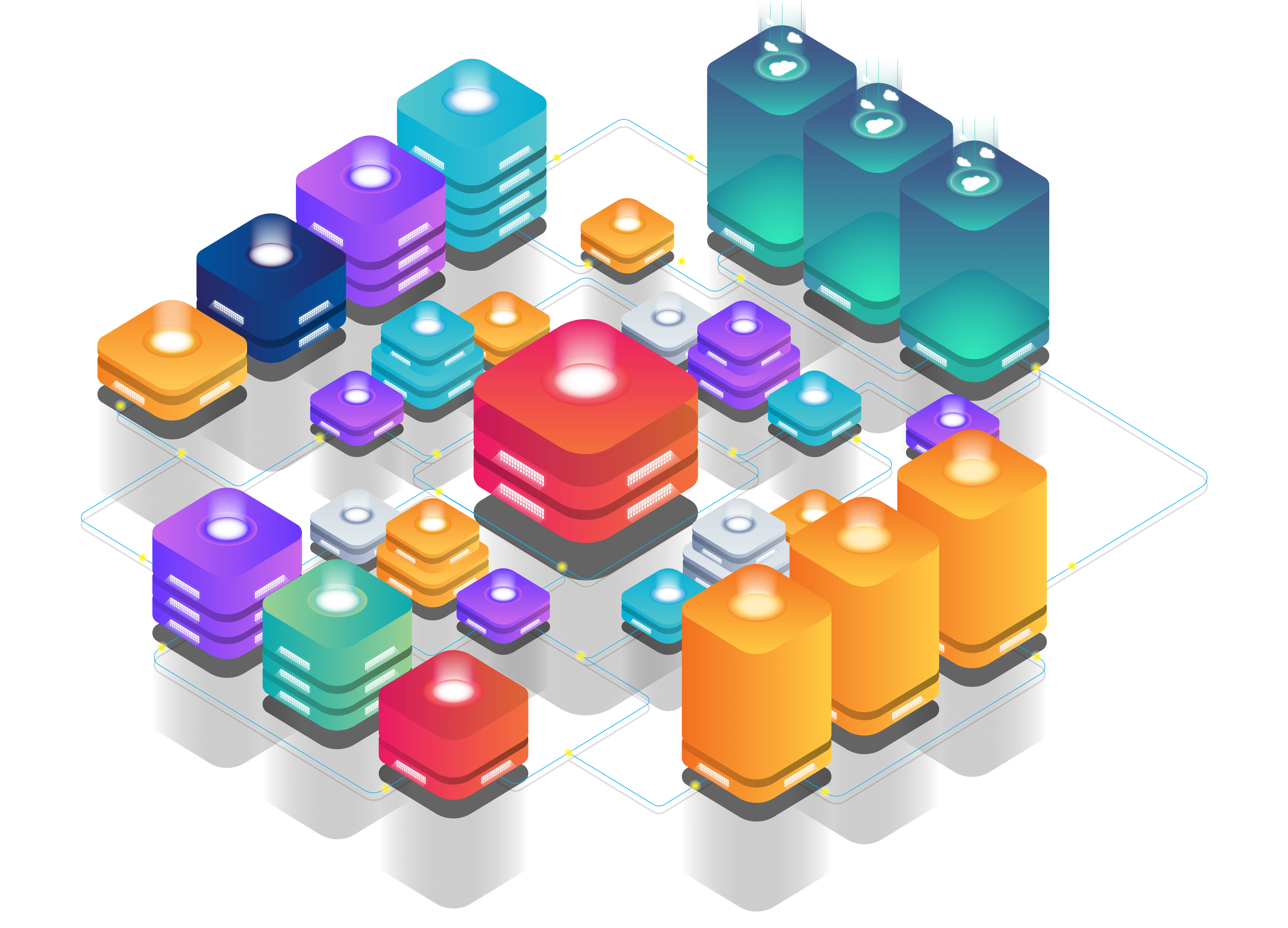
If you decided to invest in an enterprise resource planning solution for your company or you are having an app designed to use it as SaaS, you will come across many technical terms that seem confusing. One of them is microservices architecture (or simply microservices),often presented as opposed to monolithic systems. In this article, we break this concept apart for you and explain the main benefits of choosing it.
Microservices architecture is a technique of building software applications by breaking them down into small components. The modules communicate between them but do not fully depend on each other, thus making it easy to add new components or remove some of the old ones when they become obsolete.
Microservices are a modern approach to monolithic architecture. Monolithic software is built as a whole, which makes it more difficult to make changes within it. For example, if one function needs to be modified, the entire system stops until the new code lines are added. With complex systems, testing and fixing bugs can become quite a challenge, a downside that led to this approach being pushed to the back of the line by bespoke software developers.
Microservices have proven advantageous for medium and large software applications like ERP. By using microservices design patterns, developers have managed to extend the lifespan of software products and make them easier to use. Let’s look at the main benefits this type of architecture offers.
When a company grows, the platform it employs should grow as well to accommodate the new flow of processes. So, having a scalable system is a must. But not all departments grow at the same rate. For example, with a higher flow of customers, you may need to expand your customer service sector, but your accounting department may not need to be scaled to the same proportions. By using microservices, you can have these modules existing separately and scale them according to your business needs. This method will help you save money, as it is easier to expand a small module than an entire monolithic application.
New technologies and digital products emerge every day, making only a-few-years-old systems obsolete. Or at least this is how things work with monolithic structures that are difficult to upgrade. Microservices, on the other hand, allow you to upgrade, replace, or add new modules as you grow, thus guaranteeing your system’s productivity for longer.
With monolithic systems, if one failure occurred in one element, it typically affected the whole architecture. A microservices architecture solves this problem by keeping each module functioning independently. This way, if the engineers identify a fault in one module, the rest of the platform will continue to function as they address the problem.
At CodePixi, we combine Agile methodology with microservices architecture, and we do it for two reasons: to create a high-quality product that can be upgraded and maintained easily and to allow you to test your new app before it is completed. At first, we develop the most important modules so you can use them to see if your team and customers respond well to them. Then, we keep adding modules until you have a fully functional bespoke system. This wouldn’t be possible if we used a monolithic architecture. Instead, you would have to wait for the platform to be completed before you can try it.
By building a microservice architecture, our custom software development developers in London use secure APIs to connect the services and set different levels of access for each module. Each team has access only to certain segments, and their members won’t be able to access confidential information not meant for them. This type of architecture works well for companies handling sensitive information, like those operating in the financial or healthcare industry.
With microservices, you can outsource without fearing that your third-party partners will gain access to your core services. Since they can only access the modules you make available for them, you can rest assured that your intellectual property will be protected.
Highly skilled developers are excited about working with the latest technologies, and microservices application development will seem more attractive to them than dealing with a monolithic structure. You have more chances to get new modules developed by top professionals if you present them with an up-to-date system.
Whilst using cloud microservices is definitely a pro, there are some disadvantages associated with this type of architecture:
- the upfront cost is higher, and the application usually pays off in a few years
- each microservice has its own application programming interface (API), which can be difficult to maintain in very large systems
- each microservice has its own set of logs, so sometimes debugging can be a difficult job
If you are not sure if microservices architecture is the right one for you, our custom software development team in London can assist you in making a decision. Schedule a meeting with us, and one of our top developers will reach back to you as soon as possible.
Even if it has its downsides, this is one of the best options available at the moment. Monolithic architectures may be cheaper and easier to develop, but they can no longer keep up with the rapid pace of technology. In the long run, microservices are more reliable, morecost-effective, and have longer lifespans. Moreover, they have better protection against data breaches, and since everything is stored in a cloud, developers can access them from any location and solve faulty functions faster.